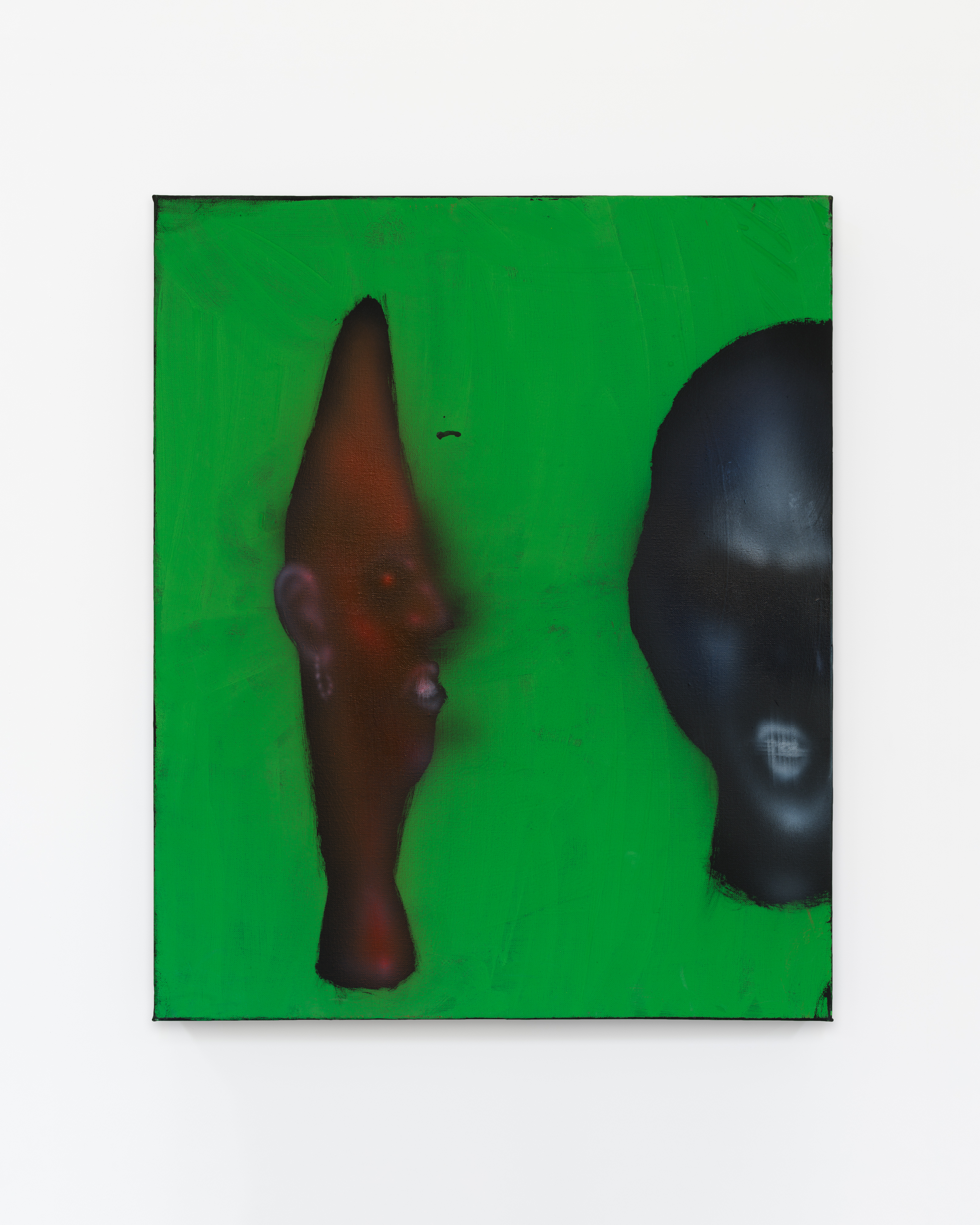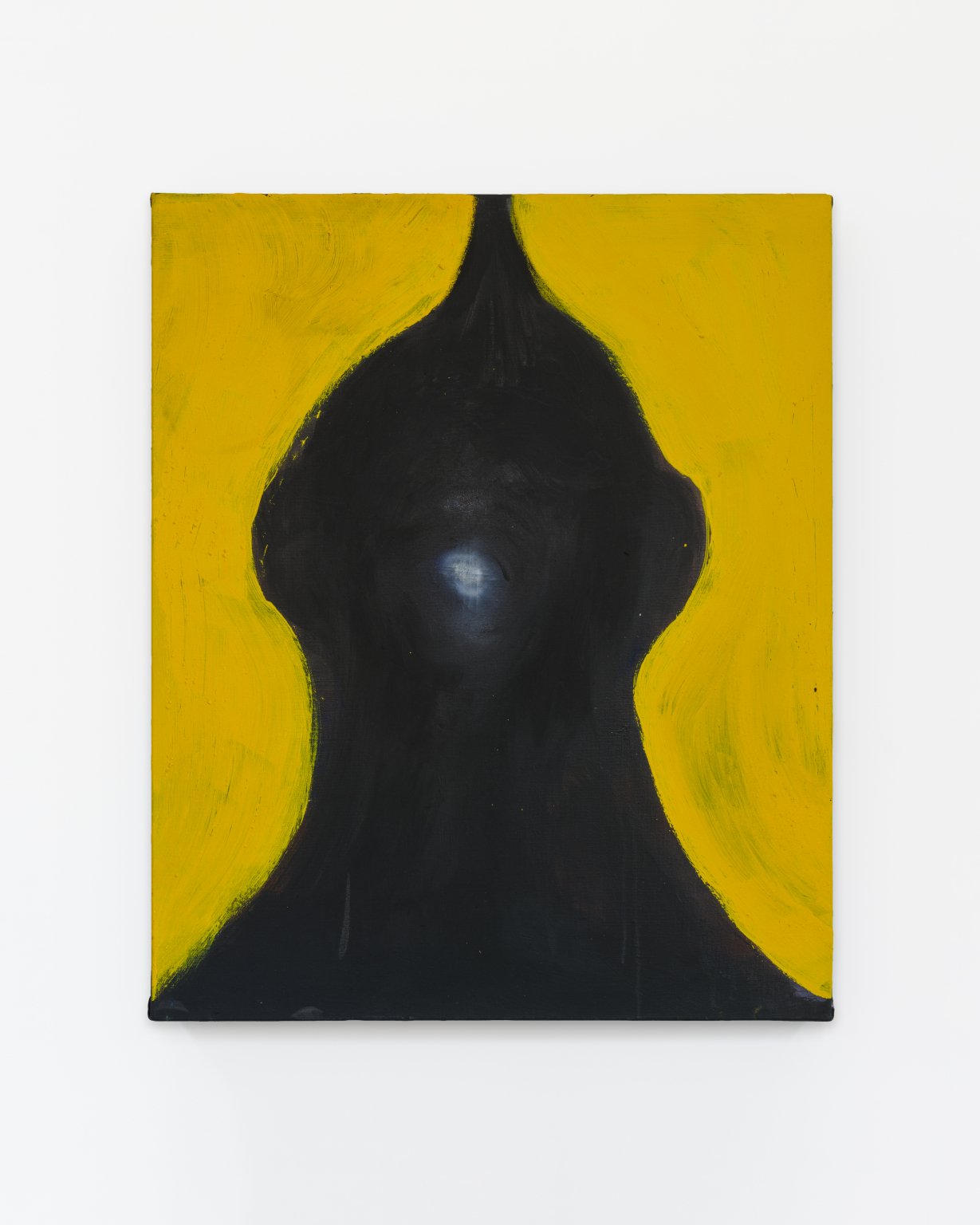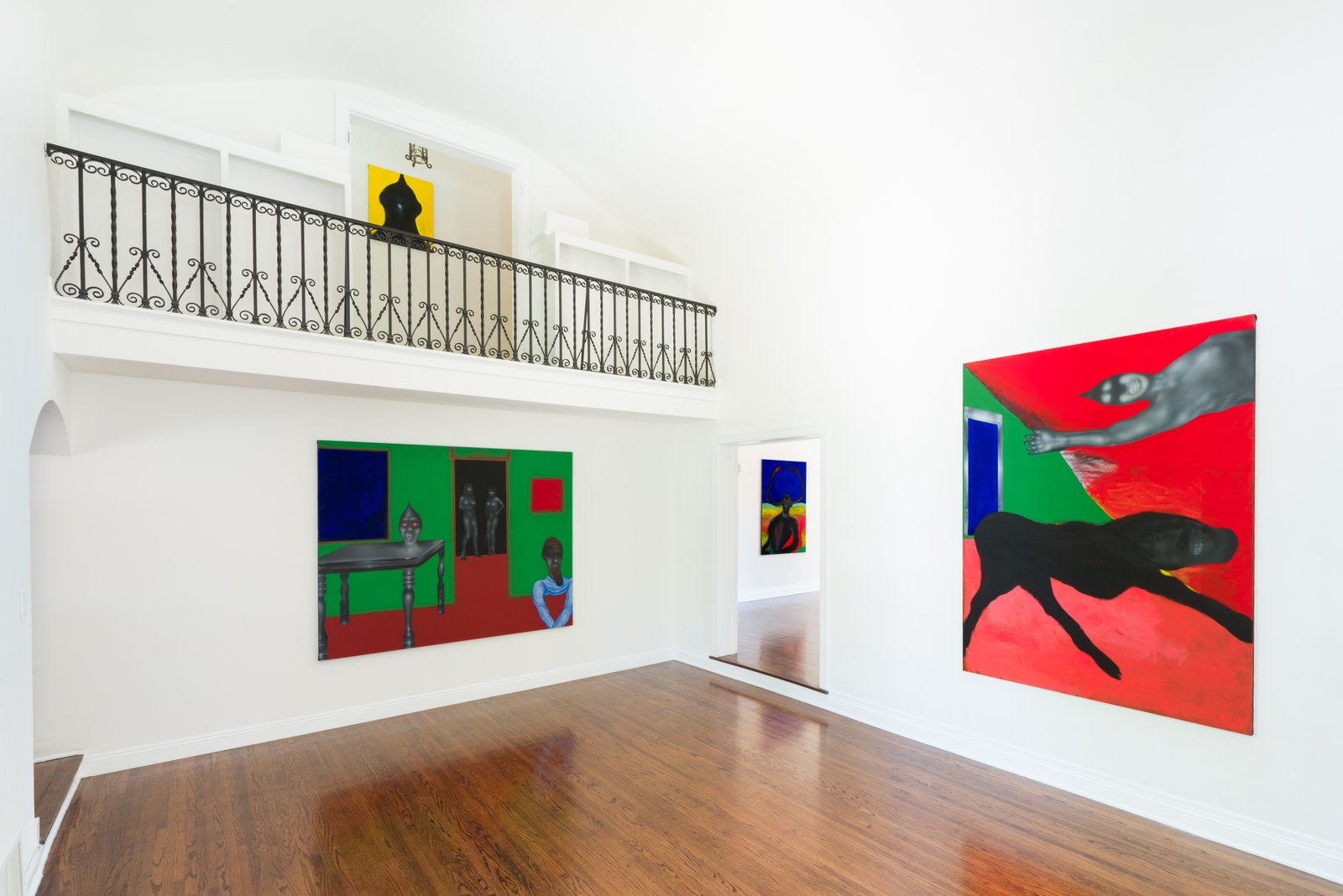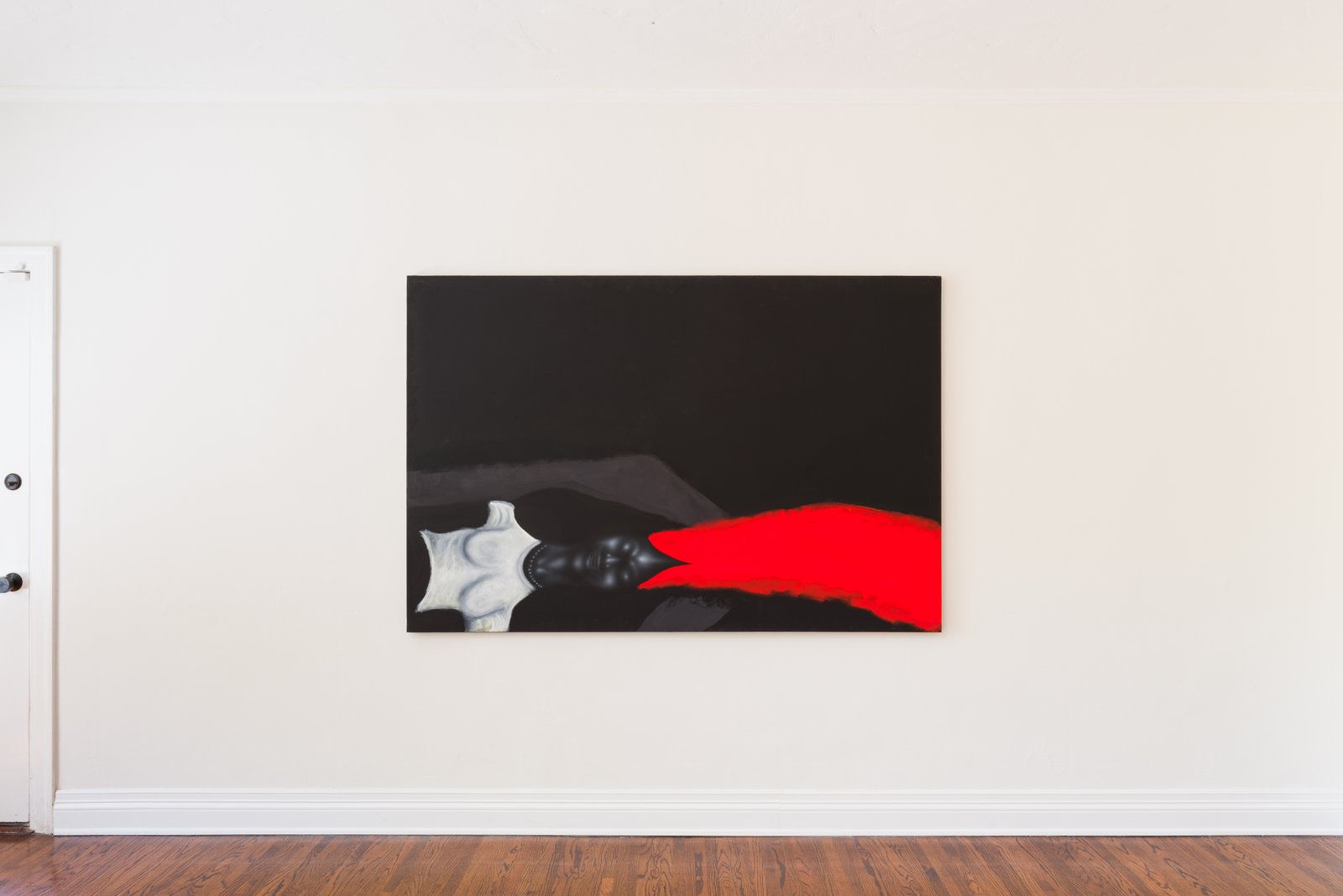Aesthetic communities in the work of Pol Taburet
Through symbolic spaces like the yard and the trap house, Pol Taburet blends cultural awareness with entertainment’s aims
Due to the social conditions that people of African ancestry have experienced in the Americas since colonization began, the personal space of the yard has over the course of history become the symbolic place in which the Afro-Creole identity was created. In poor communities in the Caribbean, much like in rural southern United States, everyday chores such as cooking as well as social activities involving music often take place in the yard around the house. [1] Naturally, in a warmer climate the outdoors are an extension of the household, sometimes shared among many. The balm-yard holds a particular significance within the psyche of Caribbean society, being the secluded location one would visit to seek the healing of an herbalist as well as the service of an Obeah man or woman. In Jamaica and other English-speaking islands, Obeah is a syncretic system of knowledge conserved from concepts in West-African spirituality which has some relation to Quimbois practiced in Guadeloupe and Martinique in the French Antilles. [2]

Intriguingly, Balmyard is the title of a painting by Pol Taburet, presented in his exhibition OPERA I at Balice Hertling in 2020. In this work, the image that appears as if glowing in the dark is a truncated pyramid that has been pierced with two sharp metal spears. The object is in front of a door frame leading to a dark room. Could it carry some sort of metaphysical properties? In contrast to the heavy texture of the bright yellow floor, the use of the airbrush creates a translucent effect as if two realities were overlapped. Another painting in the show, Fromager, recalls the name of a tree that is considered home to spirits in Guadeloupe, the island where Pol Taburet traces part of his heritage. Offerings to them are given around the thick roots of the fromager tree, while the leaves are used for medicinal purposes. Often referred to as the Silk Cotton or Ceiba tree, the species is commonly known all over the Caribbean and in parts of West Africa, South America and in South East-Asia. [3]
Mythologies about this tree have been discovered in indigenous cultures from the Amazon to the Caribbean and have continued to be passed on since Africans were deported to these regions. [4] Their knowledge about nature and the unseen has contributed to the rich combination of beliefs attesting to this tree’s timeless presence. It is well known that in order for slave owners to counter rebellion, division and conflict were constantly fuelled resulting in a suppression of these cultural expressions which is still maintained in most Caribbean countries more than a century after abolition. [5] Taburet brings these issues to mind, displaying the tree as an axis of the world between earth and sky, light and dark. The branches themselves are human like-figures that extend upwards and bare a strange looking fruit shaped like a head.

In the painting Diable also from this series, Taburet configures the cause of turmoil and injustice as a figure with sharp eyes and a monstrous body, transferring a sense of pain as a noose pulls the figure’s neck. The environment of suspicion and the traumas of the colonial era have caused the development of popular myths and superstitions, indulging in an idea of the supernatural while manifesting the same fears and misunderstandings established by forced conversions to Christianity. [6] Encounters with evil, haunted sites and misfortune at the hands of sorcerers are common themes in folklore that have forged a negative perception of Afro-Creole spiritual teachings. These horrific references attempt to translate a complex historical background into visual codes pushing the imagination to search for clues.

In his second solo exhibition, OPERA II at Clearing in 2021, Taburet’s work confirms a shift in his interests while also immersing further into themes previously addressed. Oil pastels, pigments and acrylics are used with a distinctive employment of color to accentuate the contrast of light, creating depth with each layer. The shadowy figures in paintings like XXX.hot.Love.Ily.doyou? and Buried on A Sunday present themselves with minimal facial features, causing their identity to become indiscernible. When writing about the body represented as meat or flesh in Bacon’s Three studies for a Crucifixion, Deleuze refers to a loss of personality in regards to the physical body: “The face lost its form by being subjected to the techniques of rubbing and brushing that disorganize it and make a head emerge in its place. And the marks or traits of animality are not animal forms, but rather the spirits that haunt the wiped off parts, that pull at the head, individualizing and qualifying the head without a face.” [7] Historical scenes charged with violence and anguish like El Tres de Mayo by Goya are another notable source of admiration. As a young artist, Taburet’s perspective relates to contemporary contexts and communicates the chaos of a globalized world through an attraction to the media reminiscent of Jonathan Meese.
In this zeitgeist, Taburet often draws inspiration from the semiotics of Trap music, by staging many of his paintings within environments that convey a feeling of claustrophobia. This stylized ambiance alludes to a broader discourse about otherness, bringing the experience of marginalized groups in the West once again into focus yet in the form of another cultural aesthetic that was born in the South of the United States and was defined by the inflamed economic crisis in underdeveloped neighborhoods in Atlanta. Much like how the yard was described as a space in which an oppressed population conserved and reinvented their cultural identity, the trap house, usually an abandoned house where drug dealers run their activities, has paradoxically served a similar psychological outlet. [8]

Although references to ‘the trap’ were already present in the late 90s in songs like “Spottieottiedopaliscious” by the legendary duo Outkast from Atlanta, trap beats were first heard in the early 2000s, an era that marked the beginning of Southern Rap’s mainstream popularity with crunk and snap music. The genre itself has become more than a sound, but a statement about the failures of capitalism, evident to those who find themselves living in systemic trap of poverty. In a society still segregated by inequality, the hellish realities of drug dealing, police violence and mass incarceration are retold as elements in a lifestyle by Gucci Mane, Jeezy and T.I., the masterminds of a formula now recognized globally. [9] A growing number of rappers, 2 Chainz, Future, Migos and 21 Savage among them, have continued to expand the music scene, typically referring to themselves as street personas who follow the motto “make money, spend money.” Ultimately, an escape is found in a parallel reality, one of luxury, hyper materialism, and nights spent flaunting their fortune at the strip club. This escape reflects the mood of a generation living in the social and economic pressures of our time, a state in which desires are compulsively satisfied but identity itself fades away, as the body broadcasts the vicious cycles in a dysfunctional society. In the work Strippers, Joint and Percocet, Pol Taburet exemplifies this trend, showing a female figure seen from the waist down, as she dances around a pole in heels for a spectator who grimaces alone against a red background. The anatomically defined muscles in her legs look as though she were being scanned by a spotlight that inspects the human physical form with indifference towards its inner strengths and struggles. A sense of moral ambiguity transpires in the artist’s presentation of this diverse range of content, diverging from ideas of social realism to blend cultural awareness with entertainment’s aims. Whether intended or not, Taburet seems to expose contradictions regarding the mass consumption of black cultural expressions in Western society.
[1] Velma Pollard, “Blurring Cultural Boundaries: The Balm Yard in Olive Senior’s Discerner of Hearts and Erna Brodber’s Myal”, Caribbean Quarterly, Vol. 43, No.4, December 1997, (p.37-46), https://www.jstor.org/stable/40654007
[2] Lizabeth Paravisini-Gebert, Margarite Fernandez-Olmos, “Obeah, Myal, Quimbois”, Creole Religions of the Caribbean, NYU Press, 2011,(p.150-153)
[3] Marc-Alexandre Tareau, Alexander Greene, Guillaume Odonne, and Damien Davy, “Ceiba pentandra (Malvaceae) and associated species: Spiritual Keystone Species of the Neotropics”, Canadian Science Publishing, Botany, Vol. 100, No. 2, February 2022, (p.120-137)
[4] Ibid no.3
[5] Diana Paton, “The emergence of Caribbean spiritual politics”, The Cultural Politics of Obeah, Cambridge University Press, August 2015, (p.17-42)
[6] Anny Dominque Curtius, “Quimbois”, The Encyclopedia of African Caribbean Religions, Edited by Patrick Taylor, Frederick I. Case, University of Illinois, 2013, (p.738-739)
[7] Gilles Deleuze, “Body, Meat and Spirit, Becoming-Animal”, Francis Bacon: The Logic of Sensation, Continuum, 2013, (p. 21)
[8] Rhana A. Gittens, “Atlanta’s Pink Trap House: Reimagining the Black Public Sphere as an Aesthetic Community”, Theory & Event, John Hopkins Univerisity Press, Project MUSE, Volume 24, No. 2, April 2021, (p.434) https://muse.jhu.edu/article/788240
[9] Dennis Büscher-Ulbrich, “Surplus Trap: Crisis, Gangsta Rap and Trap Music Videos” African Americans: Free at last? Equal at last? Edited by Jutta Zimmerman, Special issue of LWU, L.3/4, 2017, (p.211)
March 11, 2022
